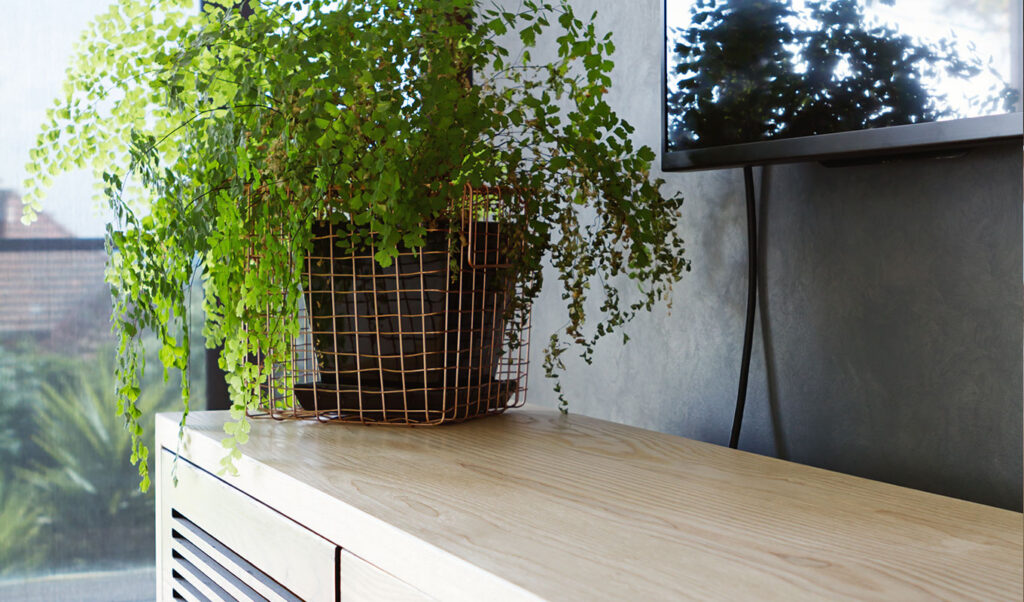Breathing fresh air is something we all take for granted. Clean your indoor air with some space-age greenery with these NASA-approved plants.
When the indoor air around you gives you an unruly vibe, it’s hard to concentrate let alone be productive. This pollution can come from anywhere in your home from combustible sources of gas, kerosene, and tobacco products to cleaning supplies.
Plants are considered a useful tool in the promotion of healthy indoor air quality states a study between NASA and the Associated Landscape Contractors of America. So if these oxygen-spreading, toxin-filtering powerhouses are helping boost the quality of air, what variety is the best at making your house a better place to breathe? Here are three indoor plants that will make your indoor air cleaner:
Fool-proof: Spider Plant (Chlorophytum comosum)
The Spider Plant can flourish in a variety of light conditions. A low maintenance variety that grows up to 2 feet high and 2 feet wide, the Missouri Botanical Garden recommends growing this plant in baskets: “It tolerates artificial light very well and therefore makes an excellent plant for offices and commercial settings.”
Filters formaldehyde, xylene, and carbon monoxide.
For beginners: Rubber plant (Ficus elastica)
An extremely adaptable and hardy plant, the Ficus elastica can grow up to 10 feet indoors if given enough space. (Don’t worry, you can prune it to fit your taste.)
Filters formaldehyde from the air.
For the green thumb: Peace lily (Spathiphyllum sp.)
A relatively easy plant to grow, the peace lily tends to be a little sensitive as they require a protected space to live free from harsh winds, exposure to salty water, and direct sun according to Texas A&M University. Resist overwatering as this plant can easily develop root rot.
Filters out formaldehyde, benzene, and carbon monoxide.
These are just three examples of several varieties of plants that can help improve the quality of indoor air in your home. It doesn’t hurt to attribute your clean air to these NASA-approved plants, too! In combination with clean air and a properly ventilated and humidified home, you will be on your way to environmental stability in no time.

